|
ID |
Nickname |
Country / City |
Languages |
Taxonomies |
Comment |
Project / Group |
Map |

|
46076
|
|
United States
Honolulu
|
|
|
AJR - Check In #2. As we see in this photo, the phrase “Lawai’a Krew”. I’m not so sure what Lawai’a means but I do believe it is a Hawaiian term. This picture was found in the T&C apparel store, therefore I would guess the intended audience is both locals and non-locals but locals are most likely to be drawn to this shirt
|
Multilingual Hawaiʻi
|
|

|
42493
|
|
United States
Honolulu
|
|
|
(SP) This is another example of Pidgin being used in a restaurant domain on a permanent plastic and metal sign. The use of “Shaka” is likely meant to appeal to tourists and locals alike, but maybe tourists more since Shaka is a Pidgin word that tourists may be familiar with and associate strongly with Hawaiian culture. It adds a sense of “true Hawaiian” to this store, which may attract mainland customers. It also was likely used because it’s very catchy and easy to remember “Shaka Shaka Tea Express”.
|
Multilingual Hawaiʻi
|
|

|
46077
|
|
United States
Honolulu
|
|
|
AJR - Check In #2. This picture exhibits both Hawaiian and English words to describe the names of these plants as well as the significance it has to Hawaii. I would say the intended audience of this sign is primarily tourists given that it was in the Ala Moana shopping center. My guess is that the purpose of it is to teach tourists more of the significance that plants have on Oahu both to the island and the people
|
Multilingual Hawaiʻi
|
|

|
42494
|
|
United States
Honolulu
|
|
|
(SP) This permanent plastic sign is displayed outside Nike’s Bread and Breakfast cafe. It uses mostly English and a few Hawaiian words and phrases. I believe the audience of this sign is both Locals and tourists, as it can be easily understood by anyone who speaks English. “Mahalo” is a word very commonly used instead of of thank you, so it may have been added to increase the Local “Hawaiian” atmosphere of the cafe. They also used “E kala mai” instead of “excuse me” in a way that is easy to miss, so I think it may have been added as a design choice to increase the Local feeling just a little bit more for those who catch it and understand.
|
Multilingual Hawaiʻi
|
|
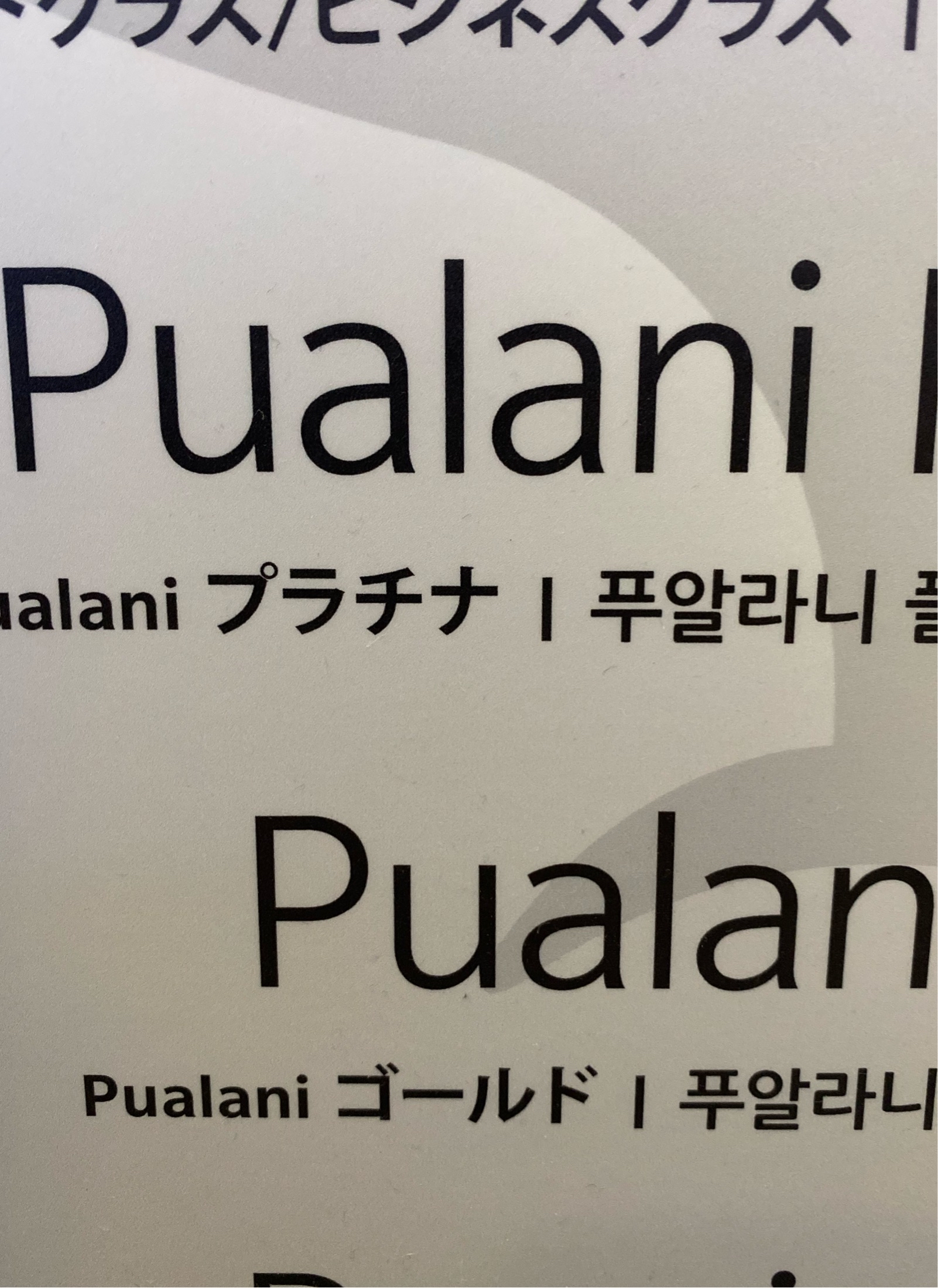
|
46078
|
|
United States
Honolulu
|
|
|
EL-S Checkup #2 : Languages that are used on the sign is Hawaiian and Japanese. There are two Pualani, and one of them is bigger. I think the purpose of this is to catch people’s attention when they enter. The domain is at the international airport. I think what it’s trying to say is the locations of where people are welcoming others. I think Hawaiian is being used here because it’s to welcome them to the island.
|
Multilingual Hawaiʻi
|
|

|
25087
|
|
United States
Honolulu
|
|
|
The sign says “Local Kine Cards” which translates to Local Kind Cards, referencing the language locals talk, Pidgin. This is symbolic-authentic. J.A.S
|
Multilingual Hawaiʻi
|
|

|
42495
|
|
United States
Honolulu
|
|
|
(SP) (photo was taken while riding The Bus) This is a semi-permanent paper advertisement on one of the buses (transportation domain) in Honolulu. Most of this sign is in English, while the Pidgin word “Holoholo” is added in there as a tag line for the Holo Card. This Pidgin word has been commodified and turned from a casual word in an entire branding identity for this large company. The audience is both Locals and tourists, since most of the sign is in English, anyone will be able to understand it just fine. Maybe the addition of holoholo is a bit of a wink wink nod to Locals to make people feel more connected to the company and associate using the bus as way to explore and have fun with friends
|
Multilingual Hawaiʻi
|
|

|
46079
|
|
United States
Honolulu
|
|
|
EL-S Checkup #2 : Hawaiian is being used on the sign. The words are big and colored, and have a floral design on it. I think it’s big like that as just a reminder to workers of the airport. The audience would be the general public such as workers or people entering the airport. The domain as I said is the airport. The message is “aloha ‘oe” which means I love you in Hawaiian I believe.
|
Multilingual Hawaiʻi
|
|
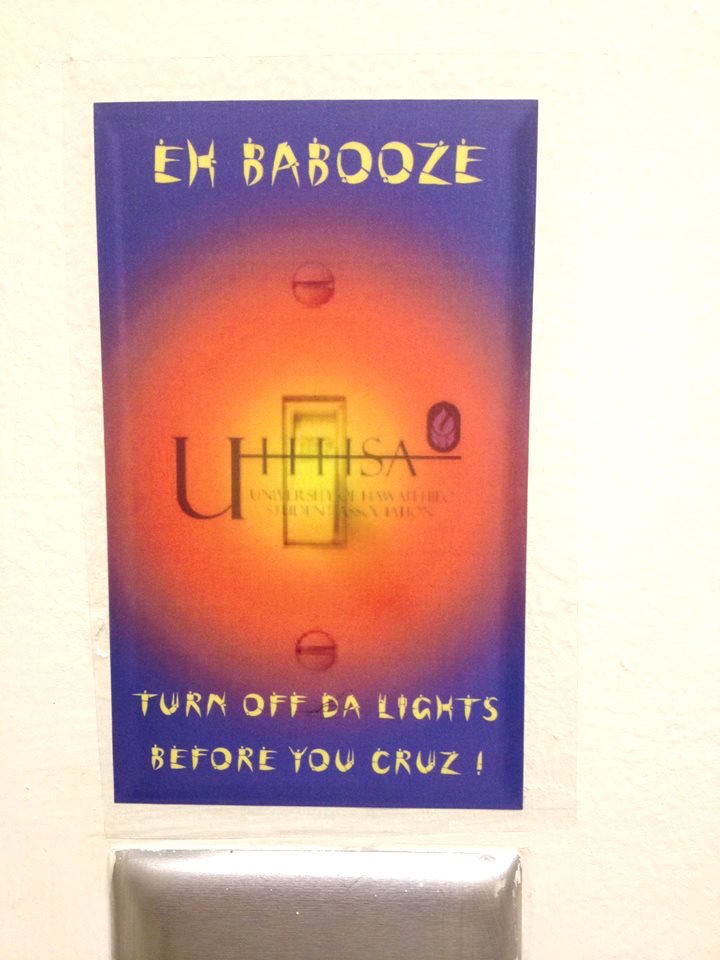
|
38971
|
|
United States
Hilo
|
|
|
—
|
Multilingual Hawaiʻi
|
|
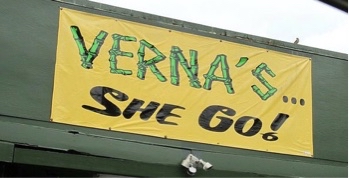
|
39045
|
|
United States
Hilo
|
|
|
—
|
Multilingual Hawaiʻi
|
|

|
108710
|
Ticiana Sprok
|
Kuwait
Hawally
|
|
|
In a diversified neighborhood, I saw a storefront with Arabic and English signage. What caught my attention in particular was the dual-language sign that triggered these thoughts: business ventures are responsive to the needs of their community. Having grown up in an area with a rich tapestry of cultures and languages, I appreciate how multilingual signs foster inclusivity. They give a sense of belonging and an opportunity for recognition to those who might otherwise be excluded. After all, this has been an experience that really puts to the test my understanding that language use in public spaces is not about information alone but also respect and recognition toward cultural identity.
|
Multilingual Hawaiʻi
|
|
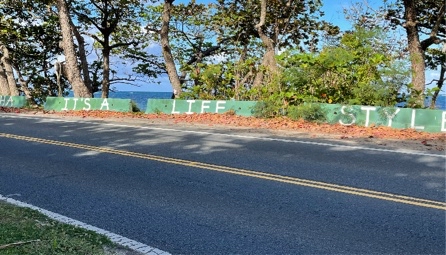
|
44131
|
|
United States
Hauula
|
|
|
LM. Ko’olaupoko district Aloha it’s a lifestyle. Being kind and compassionate. Intended for locals and non locals alike.
|
Multilingual Hawaiʻi
|
|
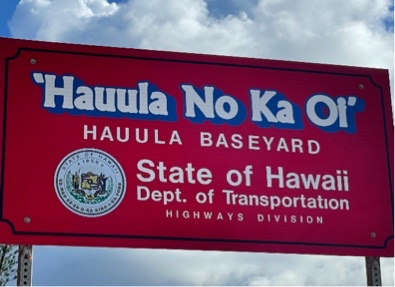
|
44133
|
|
United States
Hauula
|
|
|
LM. Ko’olaupoko district. “Hau’ula No Ka Oi” means “Hau’ula is the best” intended for locals.
|
Multilingual Hawaiʻi
|
|
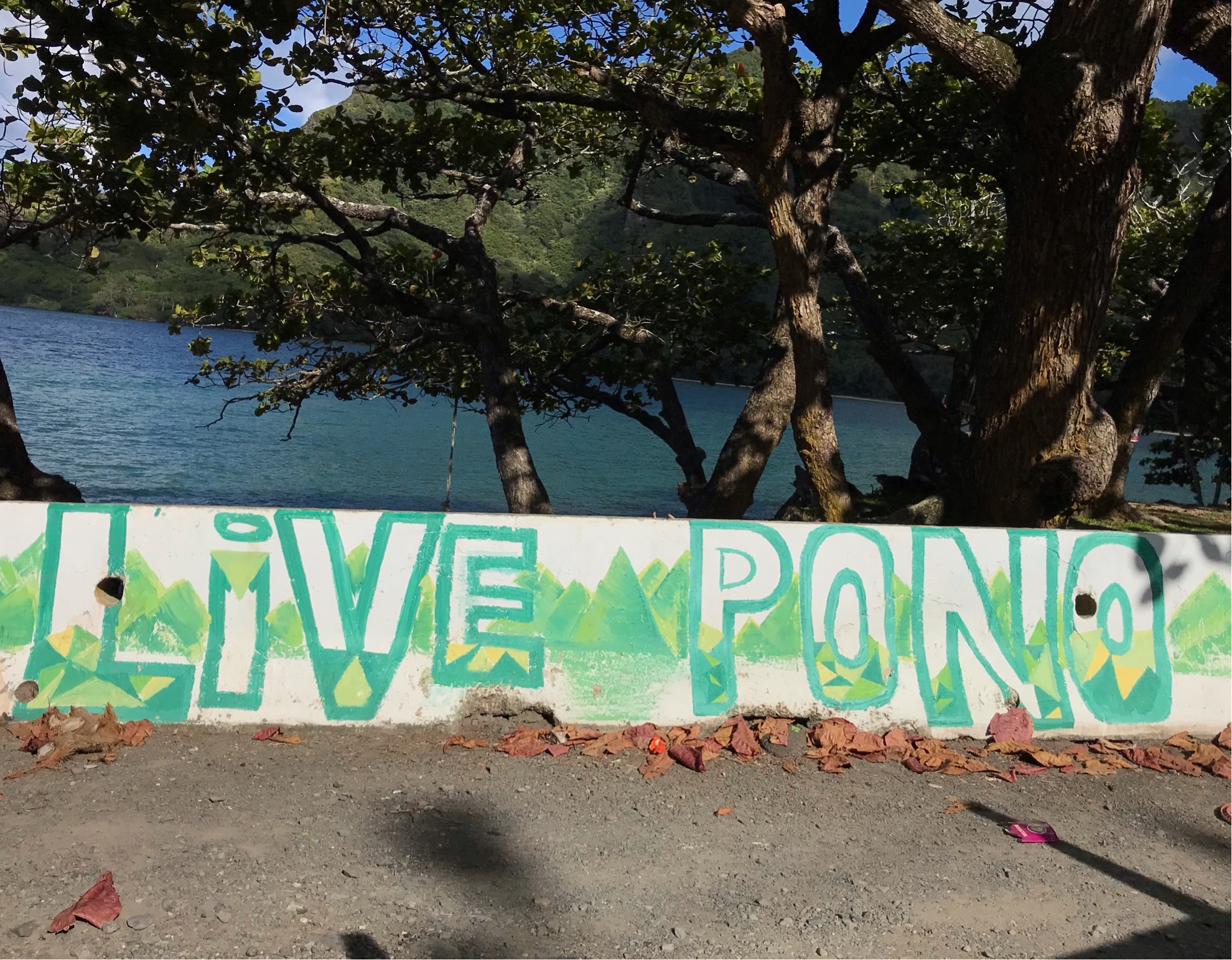
|
41344
|
|
United States
Hauula
|
|
|
This is meant for locals - relates to the Hawaiian culture and reminds people of the important values in life
|
Multilingual Hawaiʻi
|
|
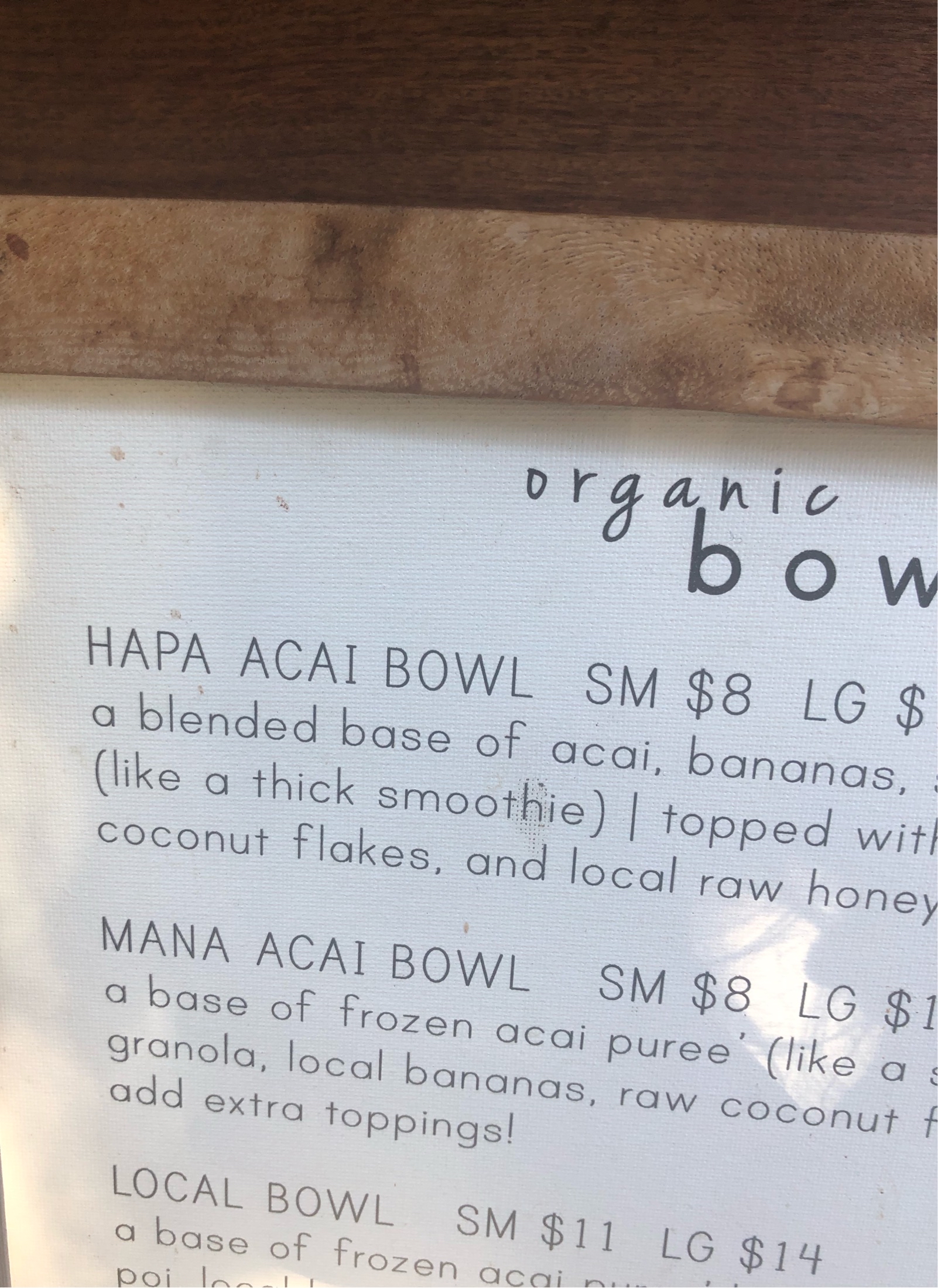
|
42516
|
|
United States
Haleiwa
|
|
|
SM
|
Multilingual Hawaiʻi
|
|

|
42517
|
|
United States
Haleiwa
|
|
|
SM
|
Multilingual Hawaiʻi
|
|

|
45871
|
|
United States
Haleiwa
|
|
|
(SP) (Check in #2) this is a photo of a semi-permanent bumper sticker (taken with permission) in the domain of transportation. It’s main audience is Locals and speakers of Pidgin because “mo bettah” is likely not a phrase that non-Locals will be too familiar with. It is likely meant to show off the car owner’s pride of being from/having visited Molokai and desire to express Molokai’s excellence/superiority over other islands
|
Multilingual Hawaiʻi
|
|

|
25911
|
|
United States
Haleiwa
|
|
|
Guide to the food of Hawaii. Symbolic synthetic as it’s meant for people unfamiliar with where to eat or can’t decide. JAS
|
Multilingual Hawaiʻi
|
|
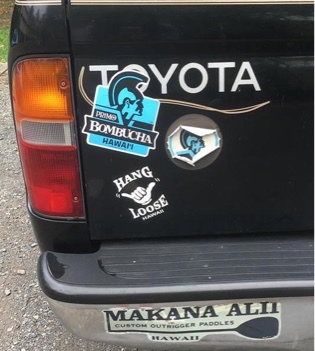
|
39028
|
|
United States
Haleiwa
|
|
|
—
|
Multilingual Hawaiʻi
|
|
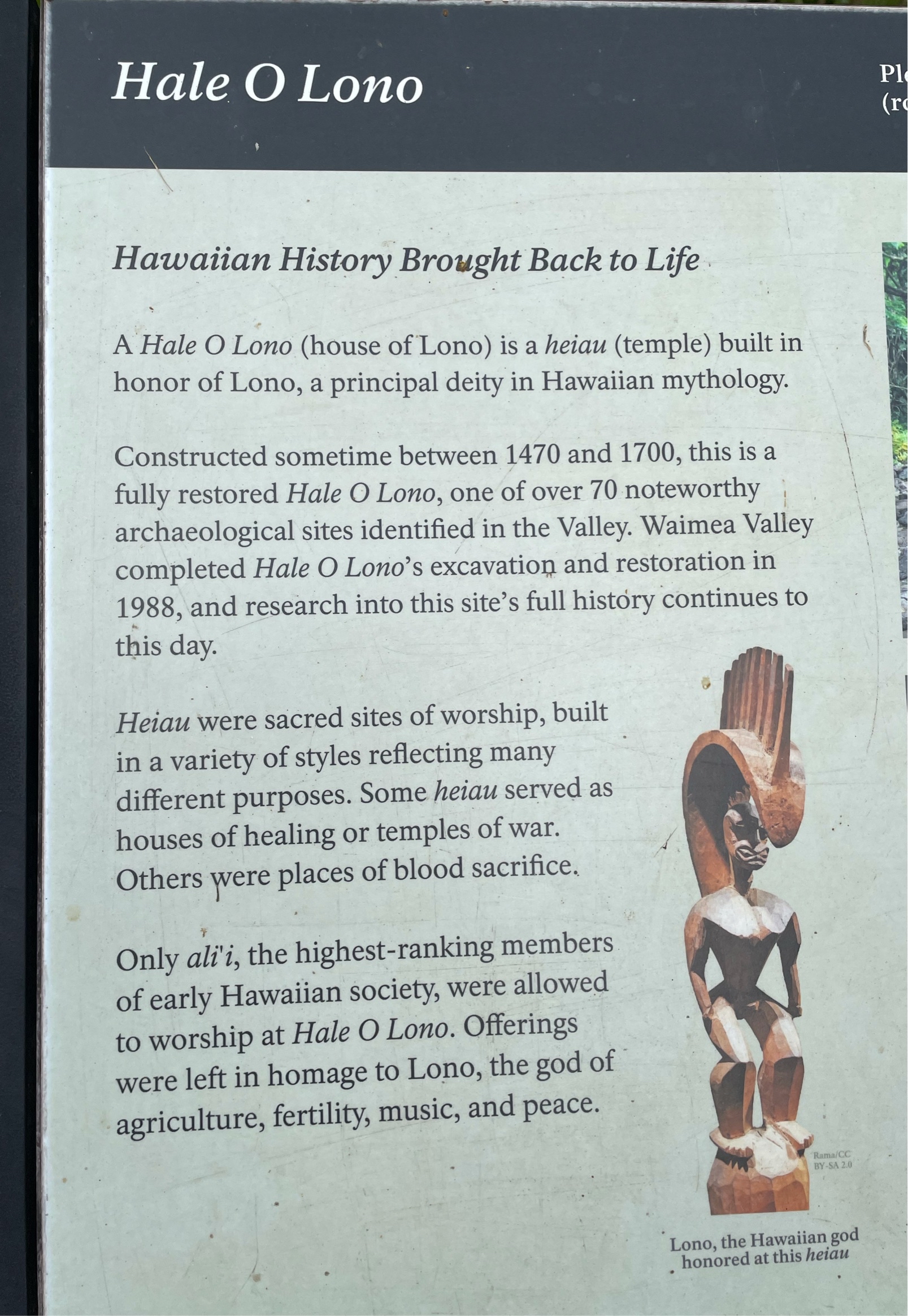
|
45963
|
|
United States
Haleiwa
|
|
|
(SP) (Check in #2) This is a permanent la informational sign found in an important park and cultural site on Oahu. The majority of the sign is written in English since this park is a population tourist location, so they want the sign to be as readable as possible for a wide range of tourists. However, many Hawaiian words are added alongside their translation to educate tourists and help them become more familiar with less known Hawaiian words that are especially important at this historical and cultural site.
|
Multilingual Hawaiʻi
|
|